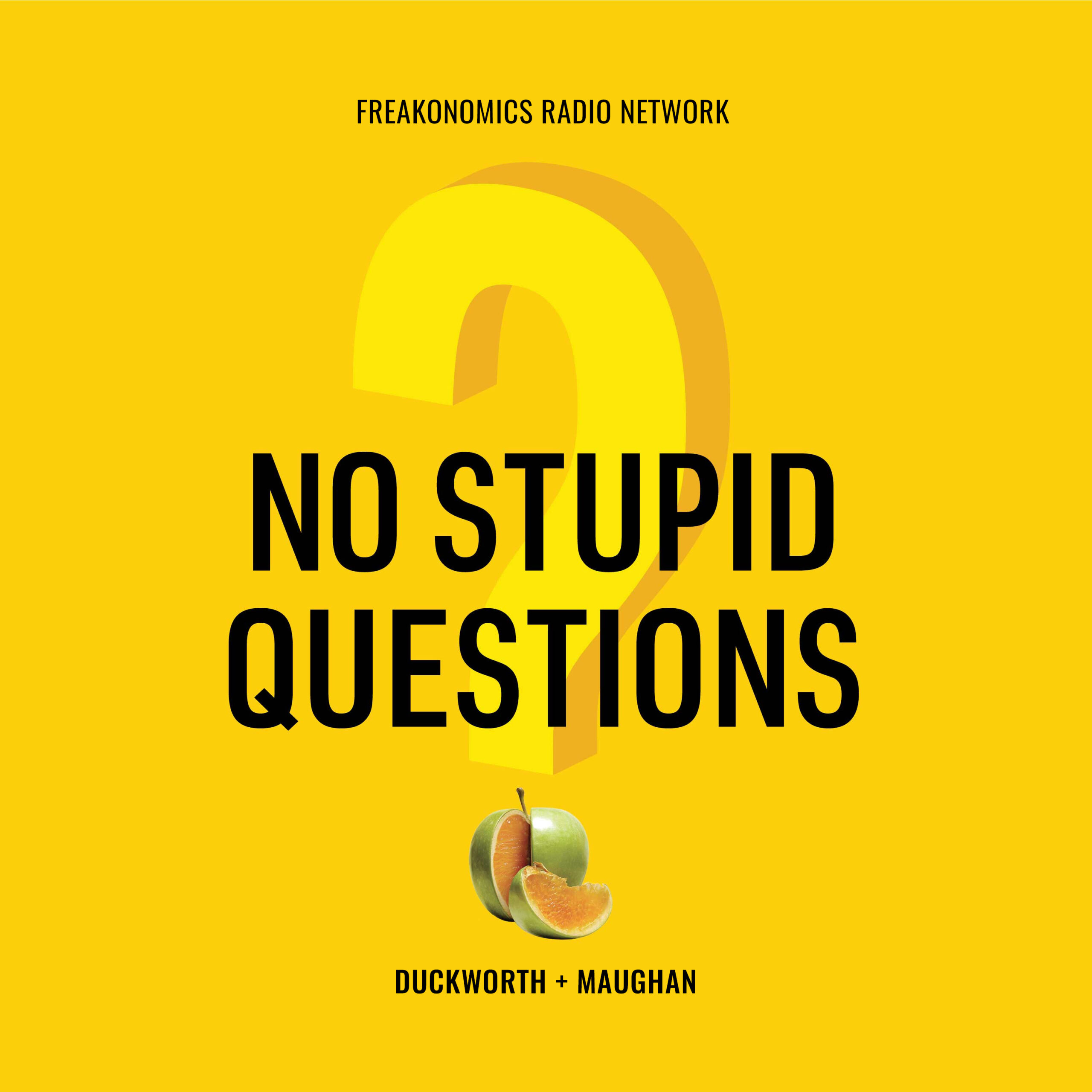Understanding Burnout: Causes and Solutions Explored
Kernkonzepte
The author delves into the causes of burnout, emphasizing the importance of workplace factors over individual solutions.
Zusammenfassung
The content explores the concept of burnout across different professions, focusing on its impact and potential solutions. It highlights key elements such as workload sustainability, choice and control, recognition, support from the work community, fairness, respect, and meaningful work. The discussion emphasizes that prevention through creating a healthy workplace is more effective than treating burnout after it occurs.
Zusammenfassung anpassen
Mit KI umschreiben
Zitate generieren
Quelle übersetzen
In eine andere Sprache
Mindmap erstellen
aus dem Quellinhalt
Quelle besuchen
freakonomics.com
Are You Suffering From Burnout? - Freakonomics
Statistiken
"59 percent of the world's employees are engaged in quiet quitting."
"18 percent are 'loud quitting,' taking actions that harm the organization."
"23 percent are thriving at work."
Zitate
"There’s a bias toward fixing people rather than fixing the job situation."
"Prevention is better than treatment."
Wichtige Erkenntnisse aus
by um freakonomics.com 02-26-2024
https://freakonomics.com/podcast/are-you-suffering-from-burnout/
Tiefere Fragen
What strategies can organizations implement to create a healthier workplace environment?
Organizations can implement several strategies to create a healthier workplace environment. These include:
Sustainable Workload: Ensuring that employees have a manageable workload that does not lead to burnout.
Choice and Control: Providing employees with autonomy and decision-making power over their work.
Recognition and Reward: Acknowledging and rewarding employees for their contributions, which boosts morale and motivation.
Supportive Work Community: Fostering a supportive work culture where colleagues help each other and managers provide guidance.
Fairness, Respect, and Social Justice: Ensuring fairness in policies, treating all employees with respect, and promoting social justice within the organization.
Clear Values and Meaningful Work: Communicating clear organizational values that align with meaningful work for employees.
By focusing on these aspects of a healthy workplace environment, organizations can reduce the risk of burnout among their workforce.
How can individuals effectively communicate their burnout concerns to their managers?
Individuals experiencing burnout should approach communicating their concerns to managers thoughtfully. Here are some effective ways they can do so:
Schedule a Meeting: Requesting a one-on-one meeting with the manager provides an appropriate setting for discussing personal challenges.
Be Honest: Clearly express feelings of exhaustion or lack of motivation without sugar-coating the situation.
Provide Examples: Share specific instances where burnout has impacted performance or well-being at work.
Propose Solutions: Offer potential solutions or adjustments that could help alleviate burnout symptoms, such as workload modifications or flexible scheduling options.
Seek Support: If needed, request support from HR or employee assistance programs within the organization.
Open communication about burnout is crucial for both individual well-being and organizational productivity.
How does societal pressure contribute to the prevalence of burnout in various professions?
Societal pressure plays a significant role in contributing to the prevalence of burnout across different professions by creating unrealistic expectations and standards for success:
1- High Expectations: Society often places high expectations on individuals in certain professions (e.g., healthcare workers) due to perceived importance or prestige associated with those roles
2- Stigma Around Rest: There is often stigma around taking breaks or prioritizing self-care in many cultures which leads professionals feeling pressured into constant productivity
3- Competitive Environments: Professions like law, finance etc., are known for cutthroat competition leading professionals feeling compelled always be at peak performance levels
4- Job Insecurity : The fear of job loss due economic instability pushes people towards working harder than necessary
These societal pressures contribute significantly towards stress levels experienced by individuals in various fields ultimately leading them towards experiencing severe cases of professional Burnouts
0
